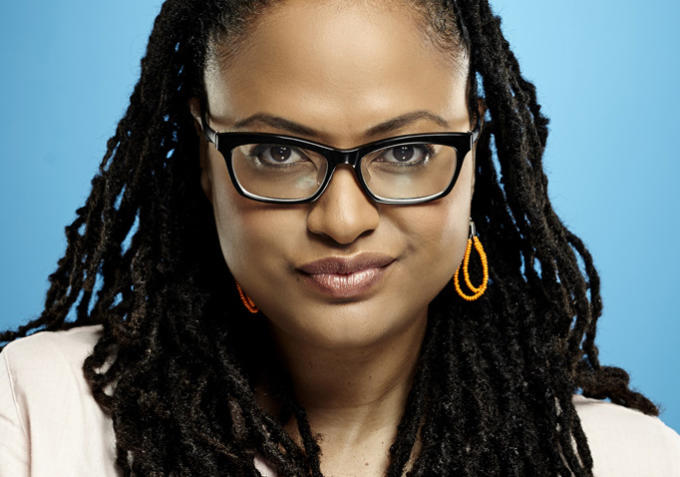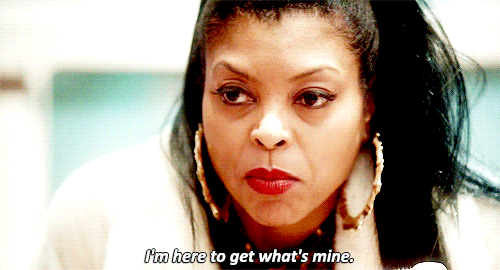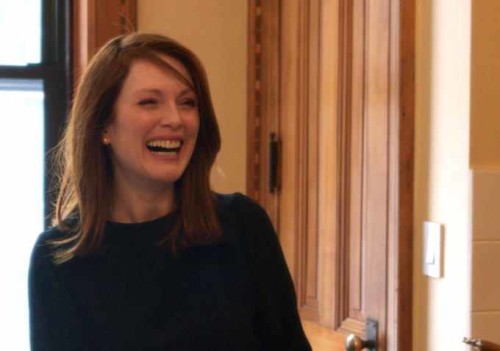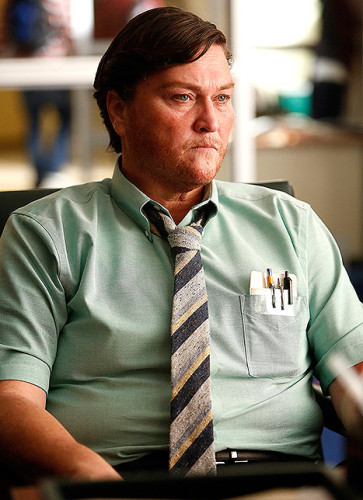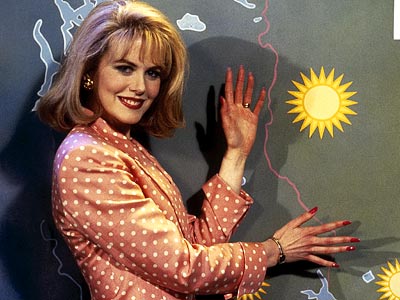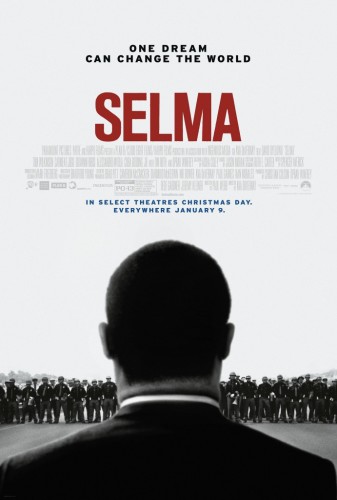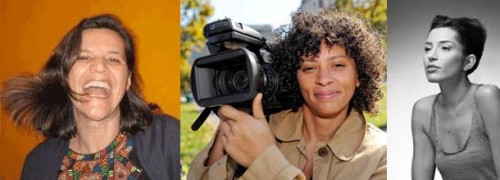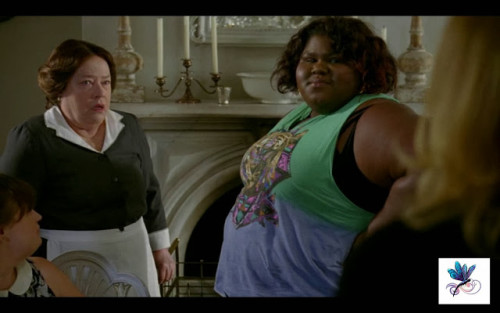Being the Sun – Women and Power in ‘Grey’s Anatomy’ Season 11
Is this Rhimes saying to all us die-hard female ‘Grey’s fans that we as women need to take the focus off of other people and put it back on ourselves in order to be the best version of, well, us? It certainly seems that way.


